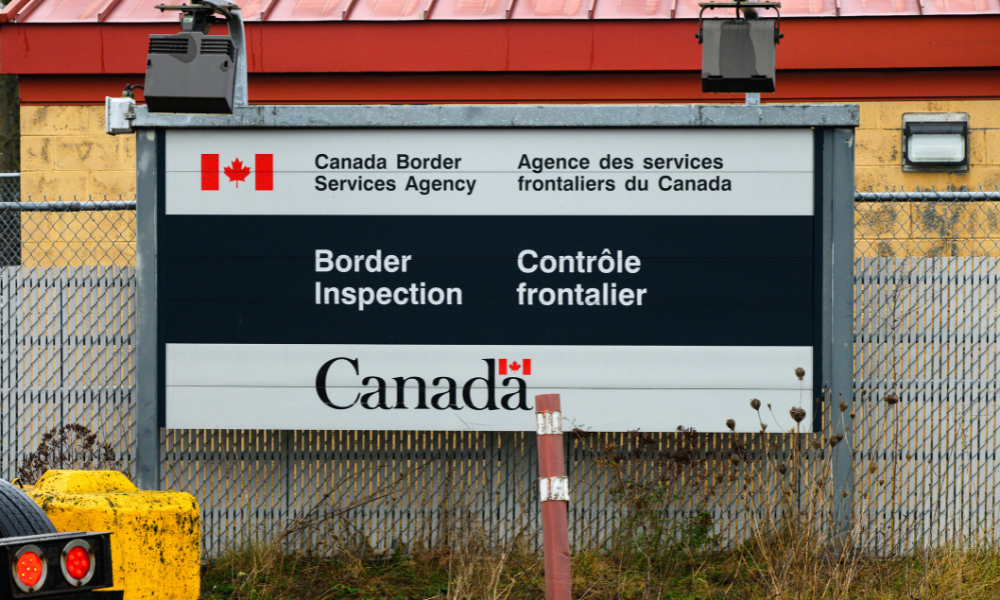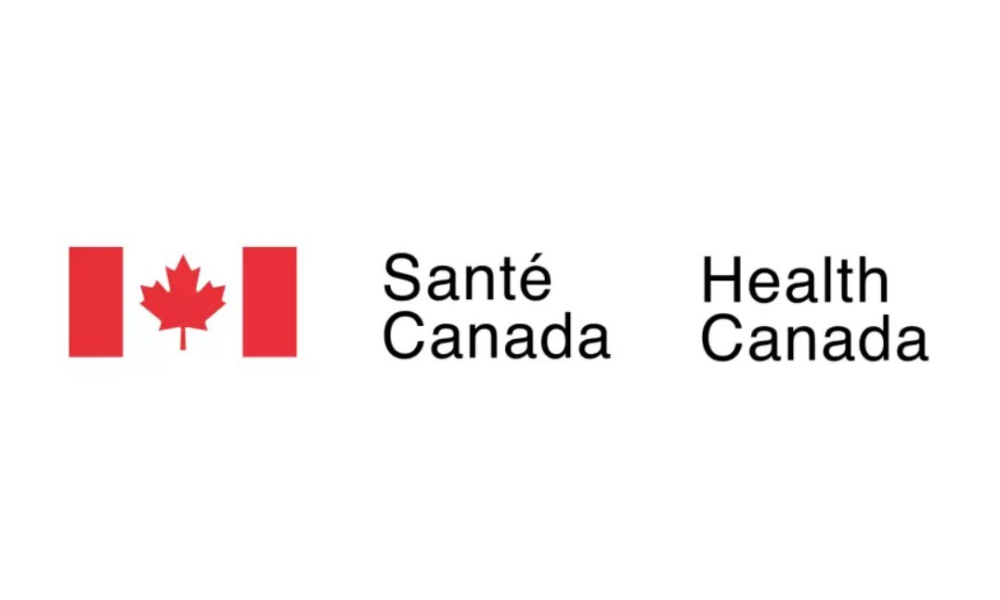Canadian courts are redefining employer duties in OHS, so safety policies must be actively enforced, not just written

Recent Canadian court decisions on Occupational Health and Safety (OHS) within the Internal Responsibility System (IRS) have underscored employers' primary duty to enforce safety protocols, conduct ongoing supervision, and proactively manage risks. Cases such as R. v. Greater Sudbury (City) (2024), R v. Stave Lake Quarries Inc. (2021) and Ontario v. New Mex Canada Inc. (2019) highlight that due diligence requires more than having policies; employers must ensure their effective implementation.
And, while supervisors and workers share responsibility, employers remain ultimately accountable for maintaining a safe workplace.
Carissa N. Tanzola, a partner at Filion Wakely Thorup Angeletti LLP and speaker at our OHS Law Masterclass, says the recent court decisions that have shifted the approach to OHS obligations, especially in the context of due diligence.
“There was some concern that employers who had contracted with either project managers or companies that profess to have that kind of expertise... wouldn’t be able to do that anymore,” she says. The issue of the definition of employer reached the Supreme Court, but ultimately, the Ontario Court ruled that the city, as an employer, had, in fact, established due diligence. And the decision was highly anticipated by employers, especially those dealing with contractors.
"If [as a business,] I'm found to be liable for what my contractor or my project manager or my sub-trades are doing, [there are broad implications for] how I run my business," Tanzola explains. But the ruling emphasized that employers can rely on contractors, provided they take reasonable steps to ensure the people in charge are qualified and trustworthy. This, she says, reinforces the importance of a IRS in defending against potential legal challenges. As long as companies ensure their policies and procedures are in place and that their contractors do the same, they can feel more secure.
‘Not allowing a company or a worker to say, ‘I’ll do that tomorrow’’
However, Tanzola warns that while the framework of an IRS may look strong on paper, challenges arise when it's not fully implemented on the ground.
If they are not properly implemented, "these policies and the procedures … are only as good as the paper they’re written on," she says. Often, gaps emerge between corporate policies and what’s happening on the worksite. Employees and supervisors may not be fully aware of or trained in these policies. According to her, one of the most common pitfalls is that workers may not have seen the relevant procedures, making it difficult to establish a due diligence defense.
She also highlights issues on larger worksites, particularly construction sites, where multiple subcontractors may not follow the procedures laid out by the hiring company. This fragmentation can leave employers exposed. Tanzola stresses the need for proactive measures such as audits, and ensuring subcontractors do not delay critical safety measures.
"Things like audits and … not allowing a company or a worker to say, ‘I’ll do that tomorrow’," are key, she explains, to closing these gaps and strengthening the IRS.
When discussing the overall effectiveness of IRS management, Tanzola acknowledges that the size and complexity of a workplace play a significant role. While large organizations may assign a safety officer, it’s often hard for one person to identify all potential gaps. That’s why she believes that routine audits are crucial to maintain a robust system.
"To have made... excellent, reasonable efforts to make sure that any gaps are identified," is the goal, she says, adding that third-party audits can also be a helpful tool in this process.
Beyond the operational steps, she sees a positive shift in workplace safety culture over the past decade. Leaders at the top of organizations are increasingly prioritizing safety over production targets, a key component in creating a safe working environment. Tanzola has noticed a change in attitude from leadership, with executives telling workers, “Don’t do this if it’s not safe. I don’t care if we don’t meet our quotas.”
The rise of technology
In high-risk industries like construction or mining, Tanzola adds that corporate commitment to safety must be unwavering. She advocates for regular reviews of health and safety policies, which in Ontario are mandated annually. However, she encourages companies to go beyond the minimum requirement. Even if no changes are necessary, reviewing policies with employees and securing their acknowledgment ensures that everyone remains aware of the safety protocols in place.
The rise of technology also plays an essential role in strengthening IRS. From apps that replace paper forms to advanced monitoring systems, Tanzola sees technology as a tool to improve compliance and oversight.
“You’re not going to know what’s available unless you spend the time looking at it and talking to people.” Staying informed about the latest tech developments, she believes, can make a significant difference in maintaining a strong safety culture.
However, as regulations evolve, especially in environments where workforce dynamics and technologies are constantly changing, employers must remain vigilant. One notable trend, according to Tanzola, is that workforces today are more risk-averse than they were a decade ago.
There is a National Day of Mourning in Canada and “the WSIB advertises [this day to focus on] workplace injuries or workplace fatalities... there’s certain high school courses that talk about [the importance of health and safety in the workplace]” she adds.
In the end, the key to a successful IRS is balancing the legal obligations of the employer with the responsibility of the workforce. Employees have a role to play, and Tanzola reminds companies that it’s a "two-way street."
“Workers have responsibilities within the legislation to make sure that they’re also pointing out issues or concerns or deficiencies,” she adds. “And so giving them the education and power to do that, I think, is huge.”





